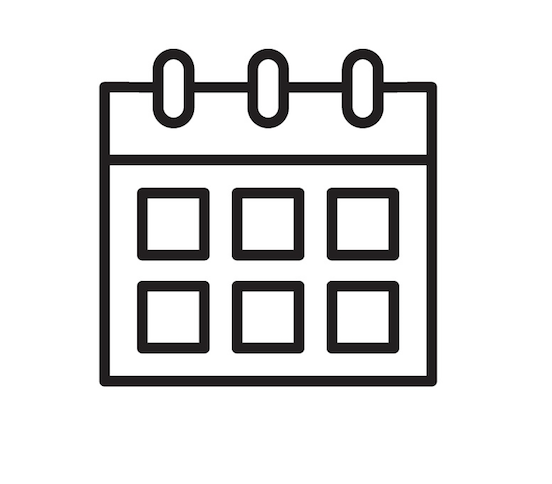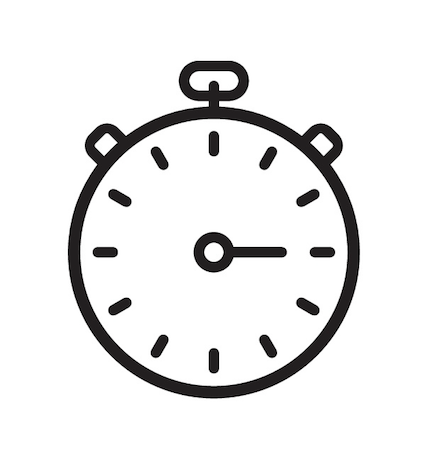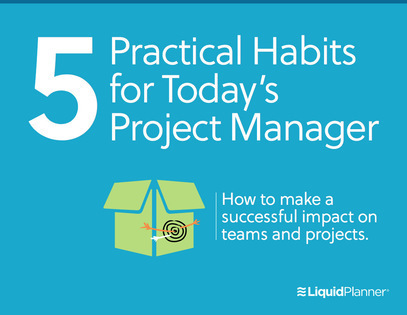Meetings are an inevitable part of our everyday working life. They can either be productive, collaborative forums that help drive a business or project forward or time-eating, soul-crushing events that swamp everyone’s day and stifle progress. I’ve heard many folks bemoan the fact that they’ve been so tied up in meetings that they haven’t gotten any “real work” done. Truth is, meetings should be part of the “real work,” and if they’re not, then something needs fixing.
The following tips are primarily aimed at team meetings owned by project management professionals or other project team leaders. With some tailoring, these tips can be applied to most business meetings as they represent best practice principles which will ideally be embedded in the corporate culture. Here are 10 tips to make the most of your meetings:

1. Decide if you really need the meeting. Before setting up a meeting, ask yourself if it’s really needed. Weigh up the meeting cost in man hours against the anticipated value it will add. This seems like a no-brainer but it’s very easy with repetitive meetings to just keep doing them because they’re scheduled rather than because they’re worthwhile. It’s easier to assess value with one-off meetings arranged to arrive at a defined outcome than it is with regular status meetings that have a more open-ended agenda. So it’s a judgment call but one that should be made prior to scheduling any meeting.
2. Plan and structure meetings. All meetings need some structure, so publish the objective and an agenda up front even if it’s just a few key bullet points (with guideline time slots, ideally). Pick a sensible timeframe but err on the short side; typically, meetings will fill the time allocated for them. Also, longer meetings are harder to fit into people’s busy schedules. Avoid contiguous meetings wherever possible—those that attend several in a row will lose much of what they took away from the first few. There is no ideal length for a meeting; duration depends on purpose, but 30 minutes is a good default. (Regular meetings that run for several hours and tie up a large team are really only worthwhile if you’re involved in negotiating an international peace treaty or planning a space mission).

3. Choose your audience wisely. It’s great to share information across the entire project team and keep everyone involved but consider the impact on productivity (and your budget!). Employing a collaborative project management tool can help reduce meeting attendance as well. Since the entire team can view the big picture and clearly see how their own tasks are impacting project progress, this eliminates the project manager’s need to separately author and deliver status updates.
4. Organize the information. Prep and publish any supporting information early so it can be reviewed by the attendees ahead of the meeting. You’re unlikely to get sign-off on a 200 page technical spec if the first version they see is the monster hard copy you hand out at the start.

5. Start on time. The published meeting start time is when the talking starts; not when you expect people to turn up. When you do begin, reiterate objectives, who’s leading the meeting, and who’s taking the notes. Few meetings warrant lengthy minutes (and the time spent producing them) but I’d recommend that teams keep a record of any key decisions made, and keep an action log.
6. Have engaging meetings. If you pick your attendees correctly, everyone will get something valuable from the meeting, making the time not only well-spent but interesting. Encourage free thinking and free speaking. Ask the group for ideas and opinions; don’t just talk at them and make it all about you. Bear in mind that not everyone is comfortable airing ideas or opinions in a group so ask for feedback from the room rather than individuals. And in the end, get assigned commitment—actions should always have an owner and an agreed deadline for completion.
7. Keep meetings on track. Don’t lose sight of what the meeting is there to achieve—the agenda is there for a reason. If other topics crop up, note them and park them for when time allows. Don’t get into long-winded technical discussions that tie up the whole team yet are of value to only a few. (Otherwise you’ll soon have half the room mentally drifting off and composing shopping lists or going for a jog in their head). Regular team catch-ups can quickly turn into “this is everything we’re doing today” type reviews rather than just focusing on the key headlines of group interest. Focus on wins, issues and risks—all those things that can and will affect project outcome.

8. Keep it business. Team meetings are not for ambushing individuals, resolving personal conflicts or departmental turf wars. Tackle these outside the room. Lively discussion is to be encouraged but only if it’s constructive, on-topic and moves the agenda forward.
9. Sum up. Close your meeting by re-stating what has been agreed to and achieved so everyone leaves with the same understanding (this step often gets left out if time is short so plan it into your agenda). Wherever possible, end on a positive note even if it’s been a bad news meeting—you want team members to go back to their desks enthused and ready for their next challenge; not downcast and praying for quitting time.
10. Finish on time. A late-running meeting can impact all kinds of other scheduled activities. If the meeting hasn’t produced the desired results, schedule another. Otherwise, you might rush to come up with a half-baked solution in the dying seconds. And that’s probably not what the meeting was about in the first place.
If you liked this article, and would like to up your project management game, read our eBook, 5 Practical Habits for Today’s Project Manager.








